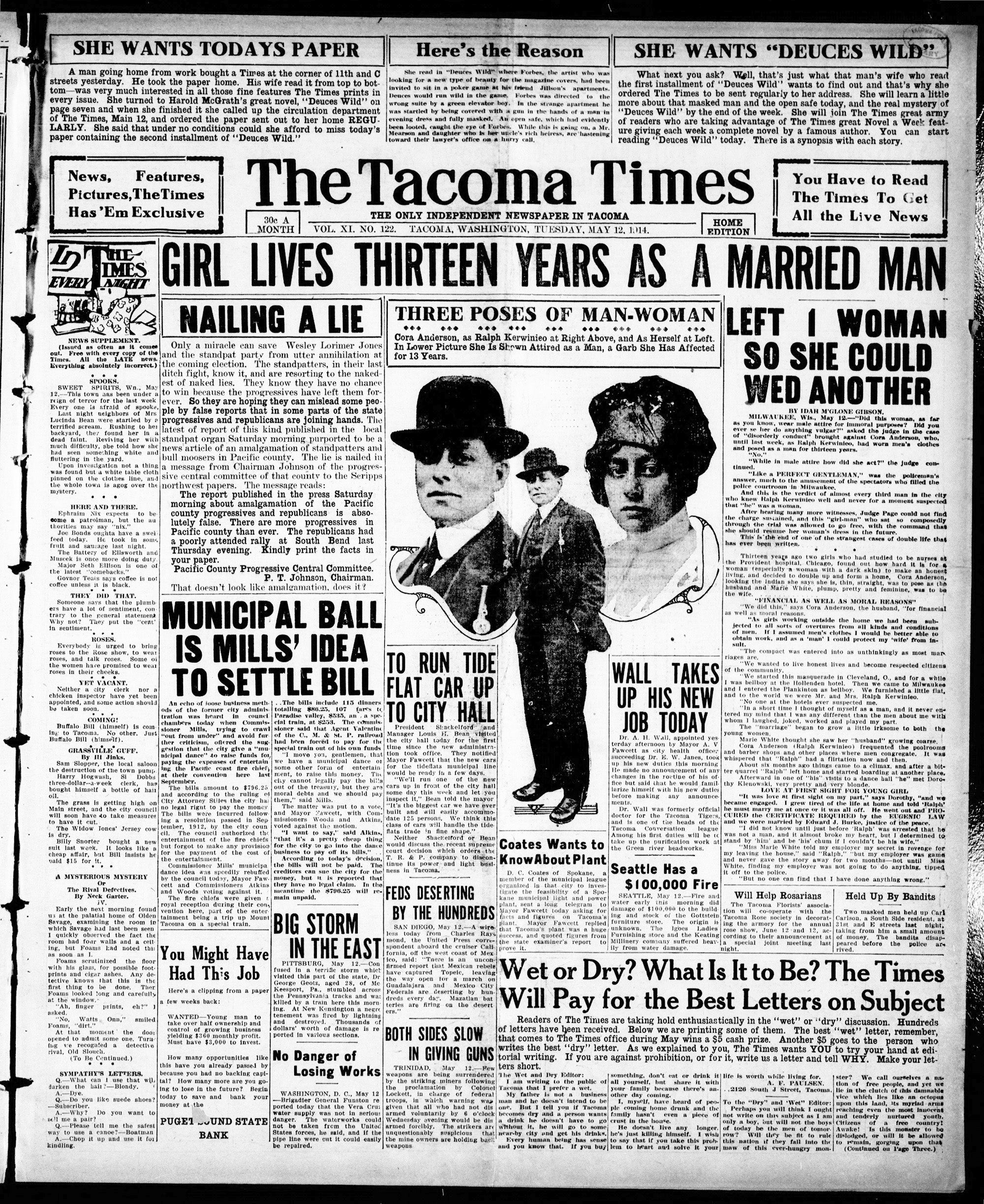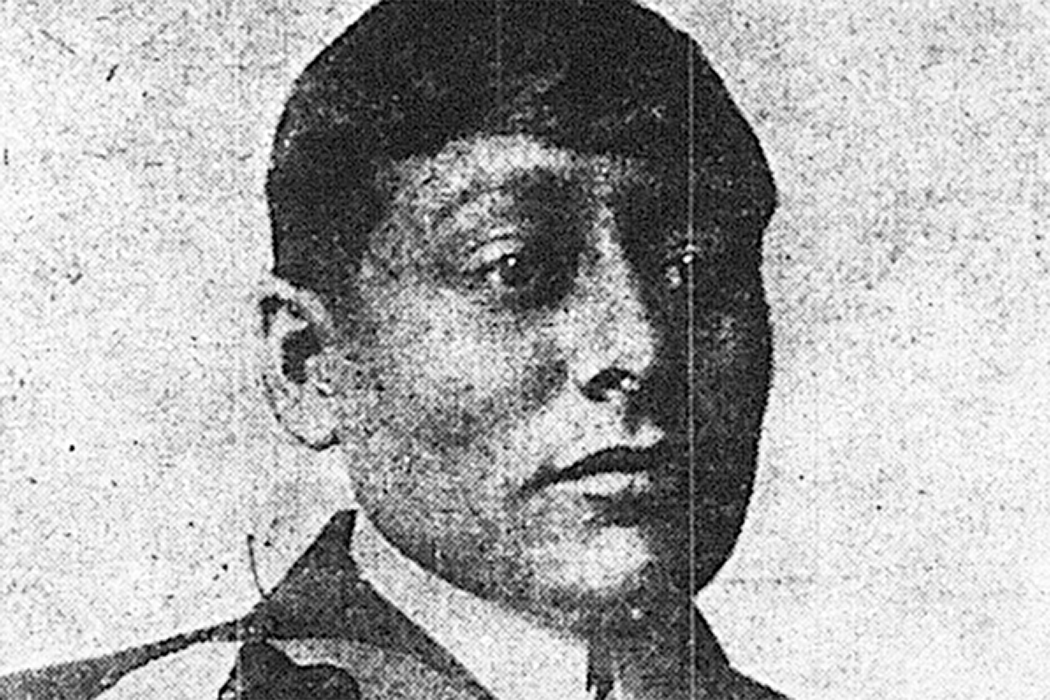Ralphero E. Kerwineo was charged with disorderly conduct as a result of his marriage to Dorothy Kleinowski. Theirs was a whirlwind romance. They’d met in the fall of 1913, and according to Kleinowski, “It was love at first sight.” Kerwineo was sweet, with smooth brown skin and shiny black hair. He said he was Bolivian.
Though Kleinowski was in love, she was also practical. Life for a single woman wasn’t exactly pleasant. As historian Matthew J. Prigge explains, “she found that life as a working woman placed her at the mercy of predatory men.” She found herself job hopping, leaving each position when the sexual harassment got out of hand. Being someone’s wife meant an easier life. So on March 24, 1914, she married Kerwineo before a Milwaukee justice of the peace.
There was just one problem: Kerwineo was already married, and his first wife, Mamie White, was about to spill a secret that would change his life forever.
Kerwineo had moved in with White about a decade earlier, and the 1910 US Census listed them as them as husband and wife. When White heard through the grapevine that Kerwineo “was seen at dances with this other little girl,” she, according to Prigge, “reacted with vengeance.” Not only did she let the police know, but she told them the secret she’d been keeping— Kerwineo has been born Cora Anderson and had been living as a man for years. He was arrested, and his life—the one he’d been building with Kleinowski, the one he’d built with White—would become a media sensation.
Kerwineo and White met in nursing school, both graduating in 1900. Both were mixed-race, Kerwineo, Indigenous and Black; White, Indigenous and white. Both struggled to find work due to both gender and race. Nursing, they found, came with a price: “a nurse’s virtue,” according to Kerwineo. Unwilling to trade sex for work, he chose low-wage jobs instead. The pair moved in together in an apartment in Chicago, “toiling for ‘girl’s wages’ and worrying about the future,” Prigge writes. Added to that worry was the fact that life in the city was no picnic for single women.
“Men as a rule are cowards,” Prigge quotes Kerwineo as saying. “They insult women in a disgraceful manner when the women are without male escort.” There had to be something better.
Kerwineo had already been living as a man in private life, and it was time to go public. At first, it was just a joke, but as White recalled, “the more we joked about it, the more serious it became.” Fully living as a man would allow him to earn more money for the both of them, and when they went out together, his presence would keep White safe. But, Kerwineo said, there was another reason—the freedom to live everyday lives.

“We wanted to live honest lives,” he’d later explain, “to become respected members of the community.” He was able to get high-paying work as a bellboy and later in a stockroom, both jobs that weren’t open to women.
The couple moved to Milwaukee in 1906, and Kerwineo really leaned into his freedom. He hung out in the city’s bars, barber shops, and pool rooms, earning a reputation as “a ‘sport’ […] a man who enjoyed the leisurely aspects of life, a good drink, a good smoke, and the casual company of women,” Prigge writes.
But while he was having fun, White was home alone. She worried, not just about his wandering eye, but that his secret would be revealed. What White thought would be a temporary situation wasn’t that for Kerwineo. “I thought of myself as a man,” he’d later say. He ended up briefly leaving White before returning and creating a parallel life with Dorothy Kleinowski. That was the last straw for White, who turned him in, leading to his arrest.
Weekly Newsletter
Soon authorities found out about Kerwineo’s past, and he was required to present as a woman in court. However, because he hadn’t done anything for “illegal purposes or immoral means,” he was given a suspended sentence and released. But he could only stay in the city if he continued to present as a woman. That didn’t feel right. As Kerwineo told the press, “I think I am masquerading again.”
After a stint touring on vaudeville stages telling his story, Kerwineo, out of money, found himself in legal trouble again, mostly for vagrancy and drunkenness (though it seems his notoriety often attracted police harassment). He lived his life dressing in both “masculine” and “feminine” clothes, as well as in relationships with women until his death in 1932. But living as Ralph Kerwineo had changed him. As he told reporters after his release, “[My] heart and soul are more those of man than a woman. Now it is hard to reconcile myself that I must go back to my former existence.”







